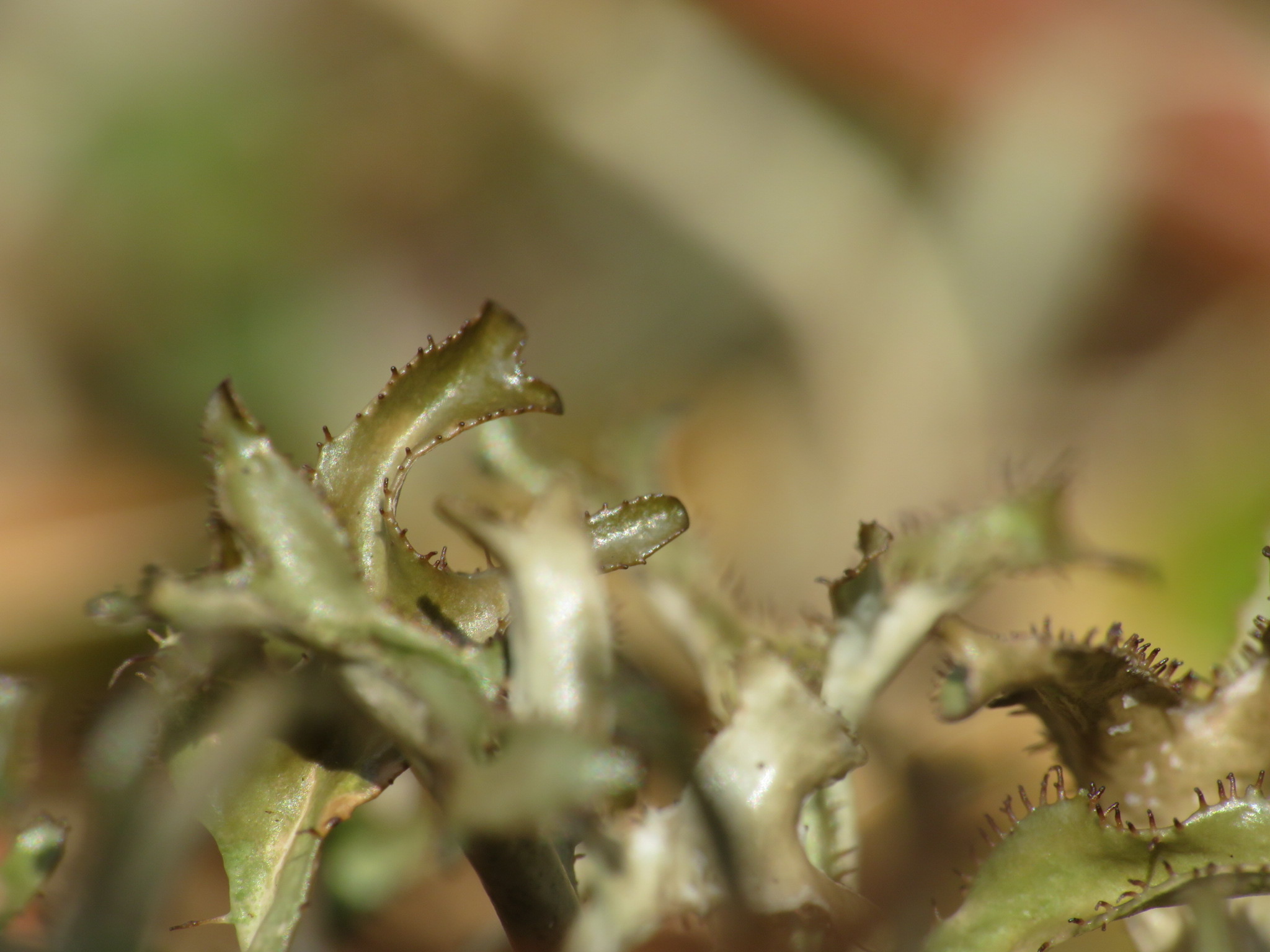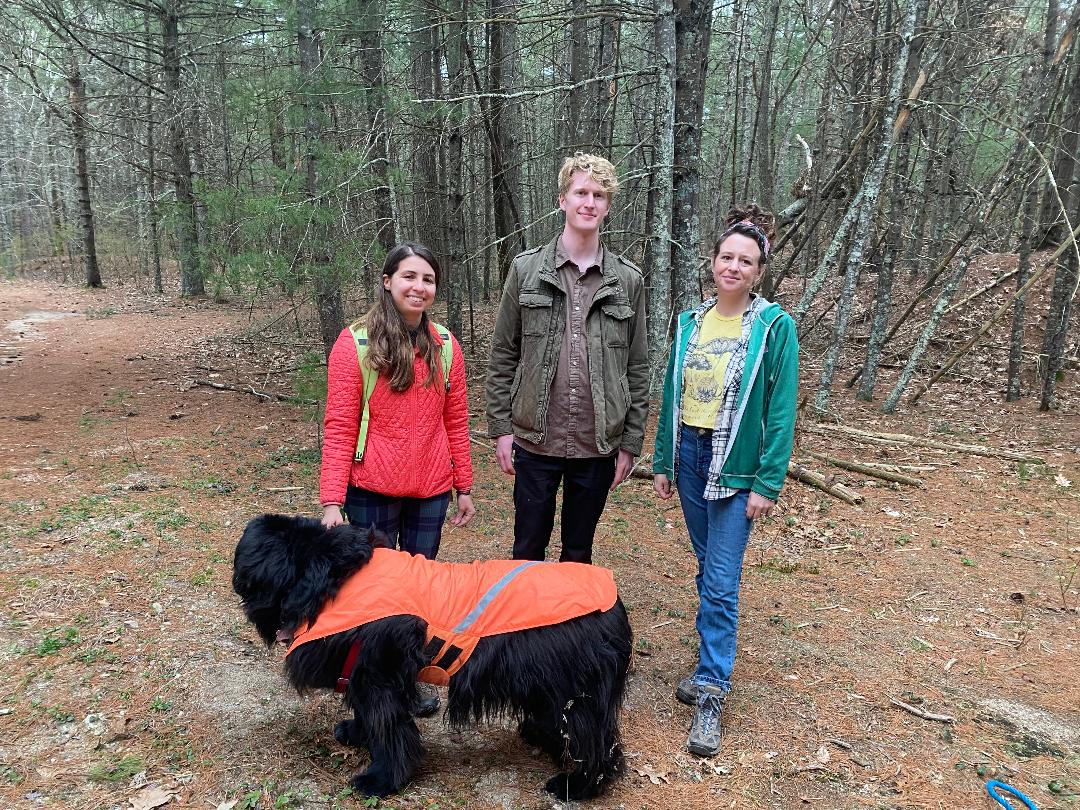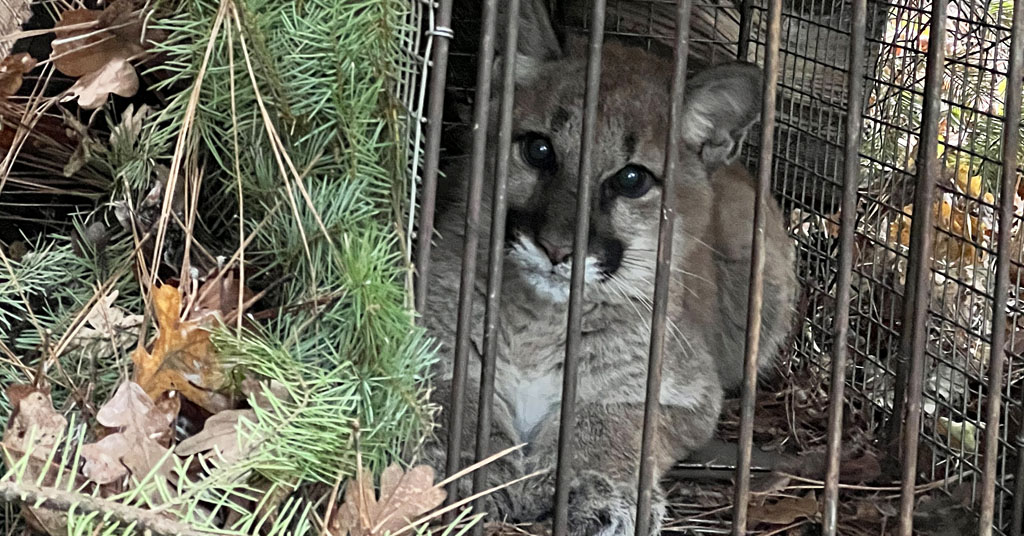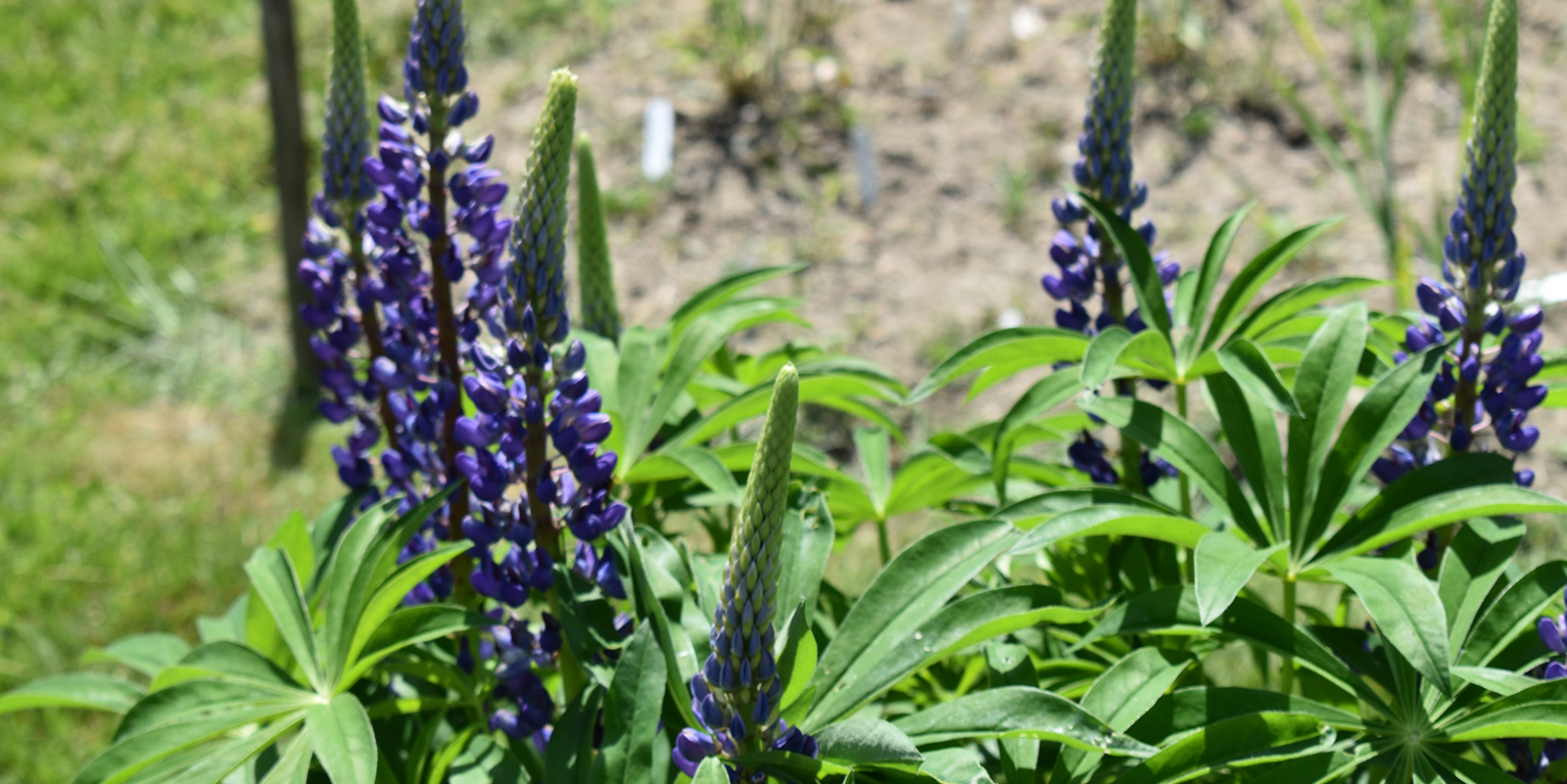Species of Lichen Discovered in Unusual Habitat in Coventry
Sand-loving Icelandic lichen is usually found in alpine areas this far south
April 29, 2024
COVENTRY, R.I. — About a quarter-mile down the main trail at the Stella Hall Conservation Area, the path branches off in two different directions. On the ground where the trail goes left is a small patch of what looks like typical soil covered by the usual detritus found on a forest floor — pine needles, leaves, small plants.
But something unique is growing in that soil. It’s called sand-loving Icelandic lichen, or Cetraria arenaria, and Stella Hall is a unique habitat for it to be found in, according to experts.
Tom Galliano is a Community College of Rhode Island student who noticed the small, gray-green lichen while walking with Deana Tempest Thomas, the founder of the Rhode Island Mycological Society.
“Tom and I were just out here looking at trees,” Thomas said. “But that’s the thing about nature and being a little bit curious and saying, ‘What’s this?’ You never know what you’re going to find. And it can be something that’s really special and unique.”
Galliano said he didn’t really know what he was looking at.
“To tell you the truth, I don’t really know much about lichens,” said Galliano, who is studying environmental science at CCRI. “We were actually out here mostly looking at trees and shrubs and fungi. And I just happened to spot this along the way.”
What is lichen?
Lichens are a complex life form that is a symbiotic partnership of two separate organisms, a fungus and an alga, according to the U.S. Forest Service (USFS). The dominant partner is the fungus, which gives the lichen the majority of its characteristics, including its shape. The alga can be either a green or a blue-green, otherwise known as cyanobacteria. Many lichens will have both types of algae.
There are about 3,600 species of lichens in North America, and more are being discovered every year. Lichens are found all across North America and all over the world, in climates ranging from desert to tundra to tropical rainforests.
When people think of lichen, they often think it’s a kind of moss. That’s not right. Although moss and lichen are both called non-vascular plants, only mosses are true plants. They are believed to be the ancestors of today’s trees, flowers, and ferns. Lichen are not similar in any way to other members of the plant kingdom.
In addition to being beautiful — think of the witches hair hanging from fir trees in the Pacific Northwest, or the bright yellows, reds, and greens of the lichen found in the Rocky Mountains — lichens are beneficial in many ways. They provide a mode of survival in harsh environments where algae would not normally be able to survive. The fungus protects the algae, allowing the normally thirsty algae to live in dry climates, as long as there is occasional rain or flooding to allow them to recharge and store food to prepare for the next drought.
And because lichen allow algae to live in many different climates, they provide a means to convert carbon dioxide in the atmosphere to oxygen through photosynthesis.
Another virtue of lichen is that they can absorb everything in their atmosphere, including pollutants, and provide valuable information about the environment. Heavy metals, carbon, sulfur, or other pollutants are absorbed into the lichen. Scientists can extract these toxins and determine the levels present in the atmosphere as a result. Having lichens growing on rocks, trees, and ground around your property is a good thing — it means the air is healthy.
The United States Forest Service National Lichens & Air Quality Database and Clearinghouse provides more information about lichen biomonitoring and how it helps land managers meet federal responsibilities to detect, map, evaluate trends, and assess the ecological impacts of air pollutants.
The discovery
According to the USFS, Cetraria arenaria can be found from Canada to Alaska; south to the Pacific Northwest, Wyoming, Colorado, the Great Lakes states, New England, and from the Appalachians to Tennessee. But in the southern end of that range, it’s more commonly found in alpine areas, according to the USFS.
The combination of sandy inland soil, pine barrens and an Atlantic cedar swamp make the Stella Hall Conservation Area an increasingly rare habitat, Thomas said.

It’s one of the only lichens that is consumed by humans, according to the USFS, and is used in soups, breads, and cereals in northern Europe. It’s also a source of food for caribou, and is commercially harvested and sold in Iceland and Sweden. In some areas, it has conservation status concerns.
Thomas and Galliano were looking for other kinds of lichen when he spotted Cetraria arenaria. “I saw this one and it’s like, ‘Wow, that looks totally different from all the other ones we’ve been seeing,’” he said.
Thomas took a picture and posted it on iNaturalist, where it was identified as Cetraria arenaria.
“I posted it on iNaturalist and a lichenologist confirmed my best guess,” she said.
Thomas told Jenna O’del, a wildlife biologist and the vice chair of the Coventry Land Trust, which owns the land on which the lichen was found.
O’del recognized the importance of the find and at first the land trust had planned to put up a small fence to mark off that area of the trail. But a lichenologist from the New York State Museum said putting up a fence might prevent the lichen’s growth.
“Thus we will not be pursuing that option, instead just keeping an eye on the lichen,” O’del said. “Given the size of the lichen patch (10’ by 3’), and that lichen grow incredibly slowly, it hasn’t done too badly so far being at the intersection of the trail.”
Both Thomas and O’del are passionate about protecting the lichen — and all fungi. O’del is working with Thomas to build a better understanding of what can be found on the land trust’s 500 acres.
“We’re trying to build up the biological knowledge of what we have,” O’del said.
That’s important, they both agree, because right now neither fungi nor lichen have any protections from human destruction or habitat loss.
“Fungi have no conservation status in Rhode Island, we’re not doing anything to manage them, to look out for them, to monitor them,” Thomas said.




wonderful observation and find! Thanks for sharing.
It’s great to have people with sharp eyes and curious minds out walking the trails. Stella Hall is a wonderful additional to our protected lands here in RI.